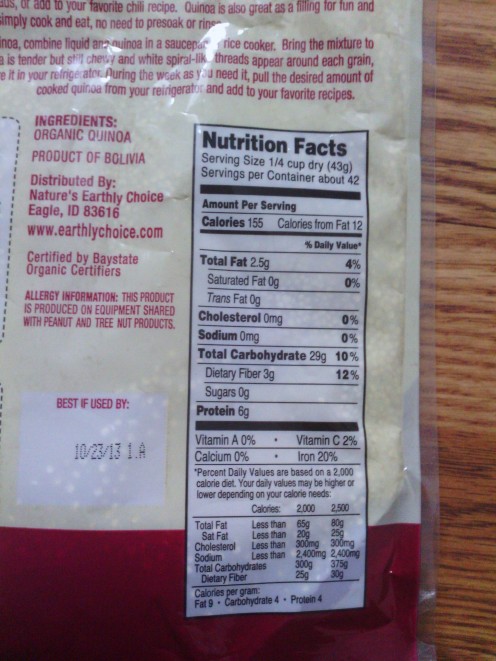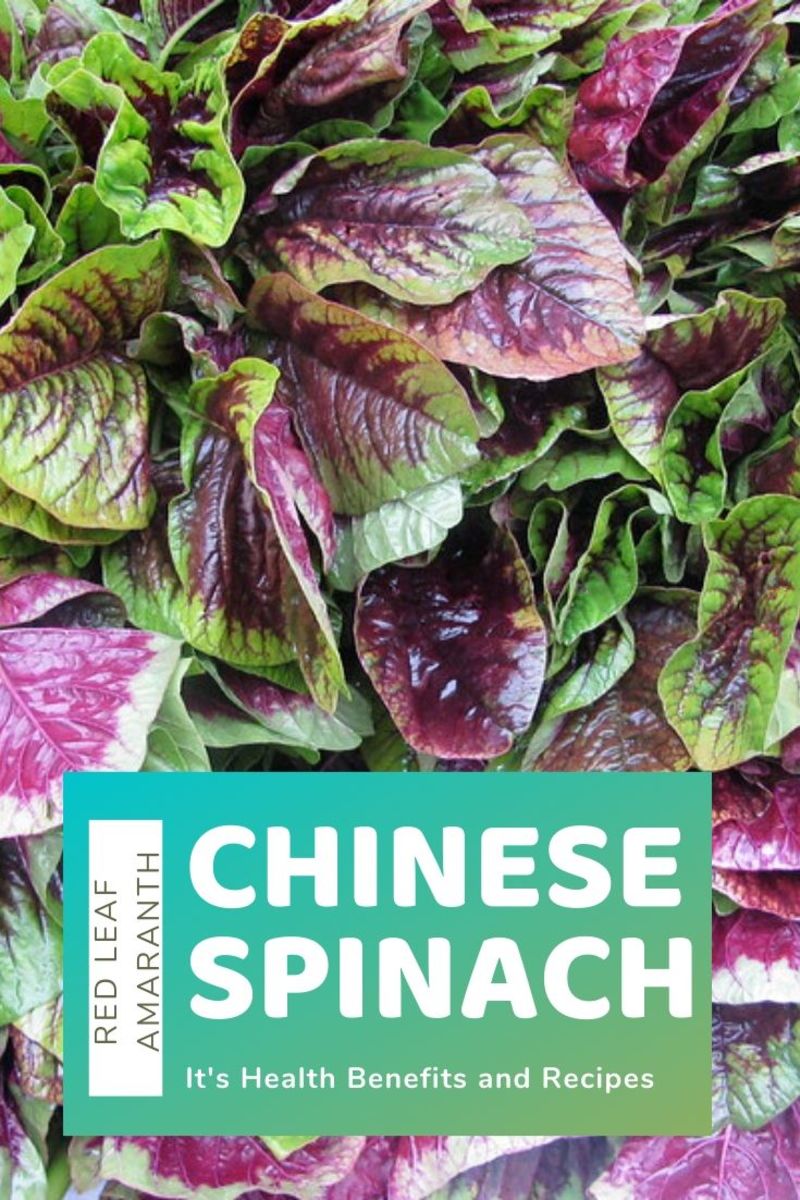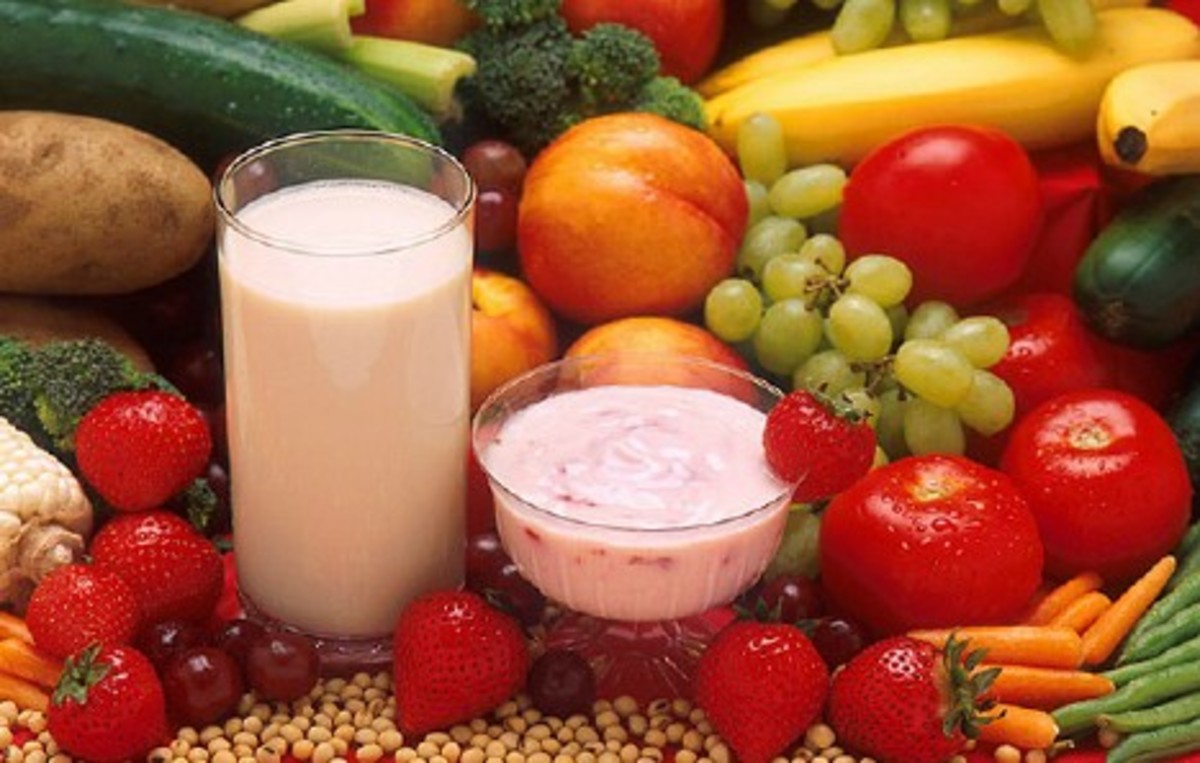Healthy Family Grocery List
How to Grocery Shop for Healthy Foods to Promote Healthy Living
For most people in the United States, in order to get food to fill their pantry and refrigerator, one must go to the grocery store, where they are bombarded with corporate products that contain unhealthy ingredients. Most people believe they are buying healthy products (when they are actually buying unhealthy products) and become frustrated and overwhelmed when they do not see the results of healthy living that they are striving for. After reading this how to, one will understand how to grocery shop for healthy living.
Make a List Prior to Shopping and Stick to it While Shopping
Before going to the grocery store one should always make a strict list of healthy foods, and when in the store one should never stray from that list.
Below is a list of what one should be purchasing and consuming and a list of what to avoid while grocery shopping.
What to Avoid
Now that it is understood what to include in a grocery list, one can now be aware of all the things to avoid in the grocery store.
One should avoid products that are overly processed and filled with sugars (natural and artificial). One should avoid products that have an abundance of ingredients.
Avoid:
-
All frozen foods (except frozen vegetables).
-
All processed foods, such as, deli meats, cheese, white rice, white flour, white bread, sugar, etc.
-
All treats, such as, ice cream, cookies, baked goods, frosting, candy bars, etc.
-
All soda, and other sugary beverages.
-
All chips, pretzels, and crackers (these snacks are overly processed, therefore, unhealthy).
-
All foods with high fructose corn syrup.
-
Too much soy.
-
Too much corn.
-
Artificial sweeteners.
The Grocery List
A grocery list should contain foods that consist of high quality protein, complex carbohydrates, and good, healthy fats.
-
Protein:
-
Chicken
-
Top Round Steak
-
Fish
-
Eggs
-
-
Complex Carbohydrates:
- Quinoa
-
Sweet Potatoes
-
Oats
-
Brown and/or Wild Rice
-
Fresh/Frozen Vegetables
-
Fresh/Frozen Fruits
-
Whole grains
- Quinoa
-
Healthy Fats
-
Extra Virgin Olive Oil
-
Natural Peanut Butter (that doesn't contain added oils)
-
Almond Butter
-
Cashew Butter
-
Raw Nuts
-
Flaxseed
-
Fish Oils
-
The consumption of products that are natural and/or organic, whole, and raw are ideal and crucial to obtaining a healthier lifestyle (and body).
Never Shop Hungry
The golden rule of grocery shopping for healthy products is to never go grocery shopping on an empty stomach. When one shops hungry, one is more likely to purchase unhealthy snack foods, such as, processed granola bars, chips, candy, and ice cream for easy consumption as soon as possible.
Stay in the Perimeter of the Store
Another important rule to live by in the grocery store, is that one should avoid the center of the grocery store; one should try to stay in the perimeter. This is because, healthy foods, such as, fresh and frozen fruits and vegetables, healthy protein and healthy fats are placed in the perimeter of the store, and, corporate, overly processed, “junk foods” are placed in the center of the store.
Of course, there are always exceptions to this rule. There are good proteins such as eggs, Greek yogurt, canned tuna (and other seafood) and canned chicken that are oftentimes found in the center of the grocery store. There are also good source of fat, such as, olive oil, and finally, some good carbohydrates such as oats, whole wheat breads, and brown rice are generally found in the center of the grocery store. There are also a lot of unhealthy foods around the perimeter of the supermarket as well, such as, frozen entrees, bacon (yes, bacon is unhealthy) and other processed meats, cheese and other diary products, and treats (such as ice cream and bakery goods), etc...
Do you read labels, nutritional facts, and ingredients lists?
Read Labels
One of the hardest and most time consuming but crucial thing to do while grocery shopping, is read labels, nutritional facts, and ingredients.
If one does not read labels, one will buy unhealthy products that will reverse the effects of good health.
How to Read Labels
Reading nutritional labels can be very confusing and difficult for most people. Before one can buy balanced and healthy food items, one must have the general knowledge and understanding on how to read nutritional labels and make educated decisions on what food one should be buying to keep in the household.
- The first step one should take while reading labels, one should look at the ingredients list first and foremost. If the ingredients list is too long and/or the food item is filled with artificial ingredients and preservatives one should put that item back on the shelf and move on. The food item should also not contain overly processed ingredients, such as, bleached flour and/or sugar. Also, one should never buy food that contains high fructose corn syrup (or other cheap sweeteners). If the product that one is looking into purchasing, and the ingredients list is small and contains natural, whole ingredients than one can move back to the top of the label.
- After reading the ingredients and the ingredients are deemed healthy, than one can continue by looking at the serving size and calories of the product. Generally speaking, the larger the serving size and the lower the calories, the healthier the food will be. If the serving size and the calories are within ones diets limits than one can continue reading the rest of the nutrition label. 0ne should purchase balanced and healthy foods.
- One should limit the fat content, cholesterol, and sodium of the food one is consuming. One should buy foods with 0 trans fat, and very low to no saturated fats. The regular fat content of the food should be low (even though fat is healthy, too much fat can reverse the health goals of any person). The fat content per serving should not be higher than 10 grams.
- One should also make sure that the food consumed contain vitamins,nutrients, and fiber, the more, the better. Vitamins, nutrients, and fiber ensure that the body and organs are regular and working properly to promote health (in the body and mind).
- Finally, when reading labels, one should check the protein and carbohydrate levels. Carbohydrates and protein are essential for the body (but one should limit or decrease their carbohydrate intake and increase their protein intake). In protein sources, the carbohydrate level should be low (drastically lower than the protein levels).

The photo above is a healthy food option for many reasons:
- The ingredients list contains one organic ingredient (Organic Quinoa).
- The serving size is large (1/4 cup dry, which is, 1/2 cup cooked) and the calorie level is low (155 calories).
- The fat content is low (2.5g) there is no trans or saturated fat as well as sodium and cholesterol.
- The fiber is high (3g) and this product contains vitamins, minerals, and other nutrients as well.
- The carbohydrate level is fairly low (29g) but this product is a healthy and complex carbohydrate with a slow digestion rate.
- Finally, the protein level is high (6g) since this product is a complex carbohydrate.
How to Avoid “Junk Food”
Processed foods and sugar are highly addictive products that are very difficult to avoid when trying to grocery shop for healthy and natural, whole foods. To avoid being bombarded by such products one can do all the household grocery shopping at a natural and whole foods store, the local Co-Op and/or the local farmer's market. In such places one will not be exposed to unhealthy products that reverse the effects of a healthy lifestyle, and ultimately create health issues such as obesity, diabetes, cancer, etc.
Where do you grocery shop?
In Conclusion
For people who live in a corporate world, grocery shopping can be very difficult and overwhelming, especially for those trying to lead a healthy lifestyle. One should always read labels to make sure the products one is consuming are healthy and do not contain sugar, processed ingredients and/or artificial ingredients. If one cannot avoid "junk food" products, one should consider shopping at a natural foods store (or co-op) instead of the local supermarket.








